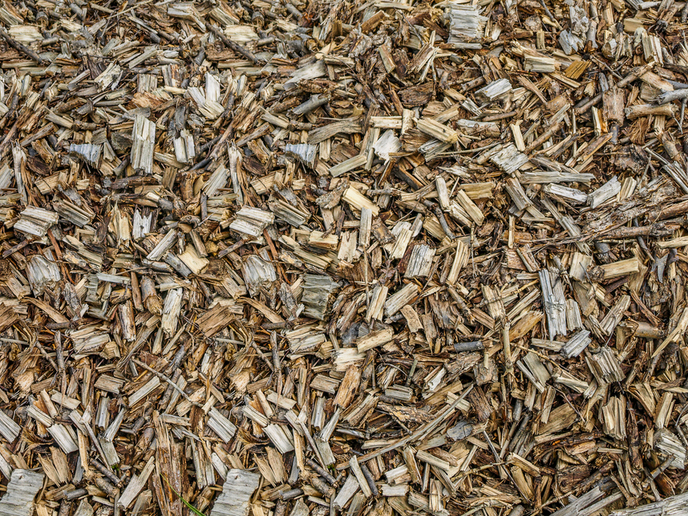Optimising the understanding of direct ignition spray combustion
The technological concepts that govern spray combustion in diesel and gasoline engines optimise fuel burning and reduce HC (hydrocarbon) emissions. Observing these concepts, it is necessary to understand the interaction that fuel droplets or spray have when contact is made with the cylinder wall. Following cylinder wall contact, the fuel vapour is redirected and combusted at the spark plug location. Depending upon the height and speed at which the spray makes contact with the cylinder wall, the amount of fuel vapour redirected to the spark plug and combusted differs for each cycle. It is these differences that lead to partial combustion, which in turn produces high HC emissions and soot particles in addition to engine inefficiencies. Thus a Spanish research institute studied the Naber and Reitz standard wall interaction model, and more sophisticated models such as Bai and Gosman, Mundo and Sommerfeld, and Amsden and O'Rourke. The Naber and Reitz model combines the rebound and wall jet modes but not splashing. Results derived yielded good outcomes when the spray droplets were fully developed and not too high However, short impingement distances and high impact velocities did not account for droplet break up and splashing. The comparative results have therefore improved spray combustion understanding all round, and have been implemented into the software application FIRE. This knowledge and understanding is leading the way to new developments and hence providing future guidelines for optimising spray combustion in direct ignition combustion engines. The Spanish institute also firmly believes that new ideas on viable concepts will arise from future results, which will be made available to industrial partners for evaluation. Such evaluations may then in turn lead to cleaner combustion engines and reduced impacts on the environment.







